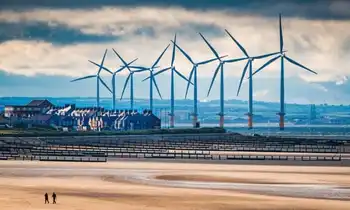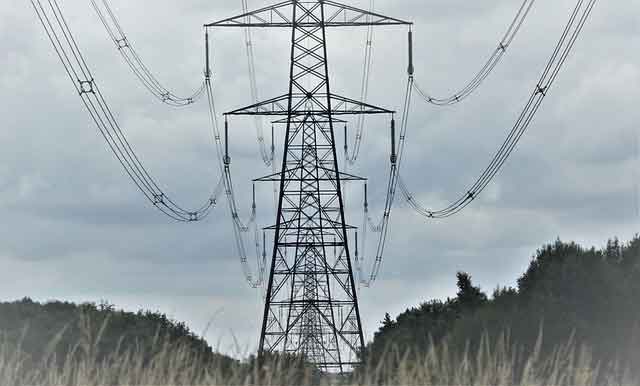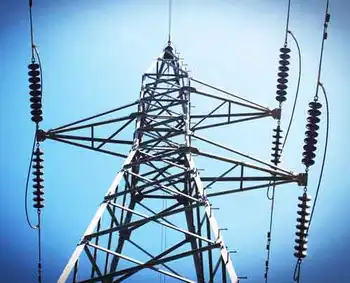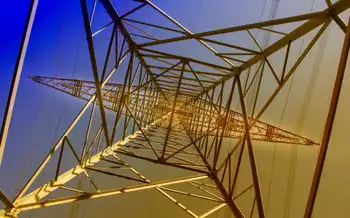Green grocer: Stew Leonard's reaps reward
By Knight Ridder Tribune
NFPA 70e Training
Our customized live online or in‑person group training can be delivered to your staff at your location.

- Live Online
- 6 hours Instructor-led
- Group Training Available
The grocery and dairy chain received a check of about that amount from the Connecticut Energy Efficiency Fund and Connecticut Light & Power Co. for participating in energy-cutting incentive programs at its Norwalk, Danbury and Newington stores.
The presentation took place at the Newington store.
"The entire state benefits from the energy-efficiency improvements made by Stew Leonard's at their three Connecticut locations," said Raymond Necci, president and chief operating officer of CL&P and Yankee Gas. "Over the lifetime of the installed technology, almost 85 million kilowatt hours of electricity will be saved," Necci said.
"That's the equivalent of over 21,000 tons of coal not burned and over 46,000 tons of carbon dioxide emissions avoided." Stew Leonard's completed more than 30 energy-efficient measures at its stores. They include high-efficiency lighting and carbon dioxide controls, which monitor and adjust the flow of outside air for building ventilation.
The Newington store, which opened in April, also features an innovative heat pump loop system. It captures excess heat from some areas of the store and sends it to parts that need it. The privately owned chain came up with a lot of capital to reap its award and long-term cost-savings.
"Stew Leonard's has invested millions in energy-reducing projects, including refrigeration, lighting and motor upgrades," said Doug Hempstead, Stew Leonard's vice president of store development. "For example, for an initial investment of $500,000, we converted our signature road signs to LED (light-emitting diodes), which has reduced those electrical costs by 75 percent, as well as decreased electrical consumption during peak periods.
"When we designed our Newington store... we installed 38 skylights to bring in natural light... and added a reflective white material to the roof of the store to reduce cooling costs in the summer," Hempstead said.
The grocery company started energy projects at its Norwalk and Danbury stores in 2000.
"Stew Leonard's, as a company, is always providing great examples of good business practices," said Tad Diesel, the city of Norwalk's director of marketing and business development. "This is another example of their innovation and leadership.
"Stew Leonard's is a great success story for the Connecticut Energy Efficiency Fund," said Rich Steeves, chairman of the fund's Energy Conservation Management Board.
"They made great improvements in how they use electricity in their existing stores, and they had the foresight to plan ahead and design efficiency into their brand-new Newington store." The fund is a CL&P program that enables businesses and residents to afford to invest in state-of-the-art energy technology.











